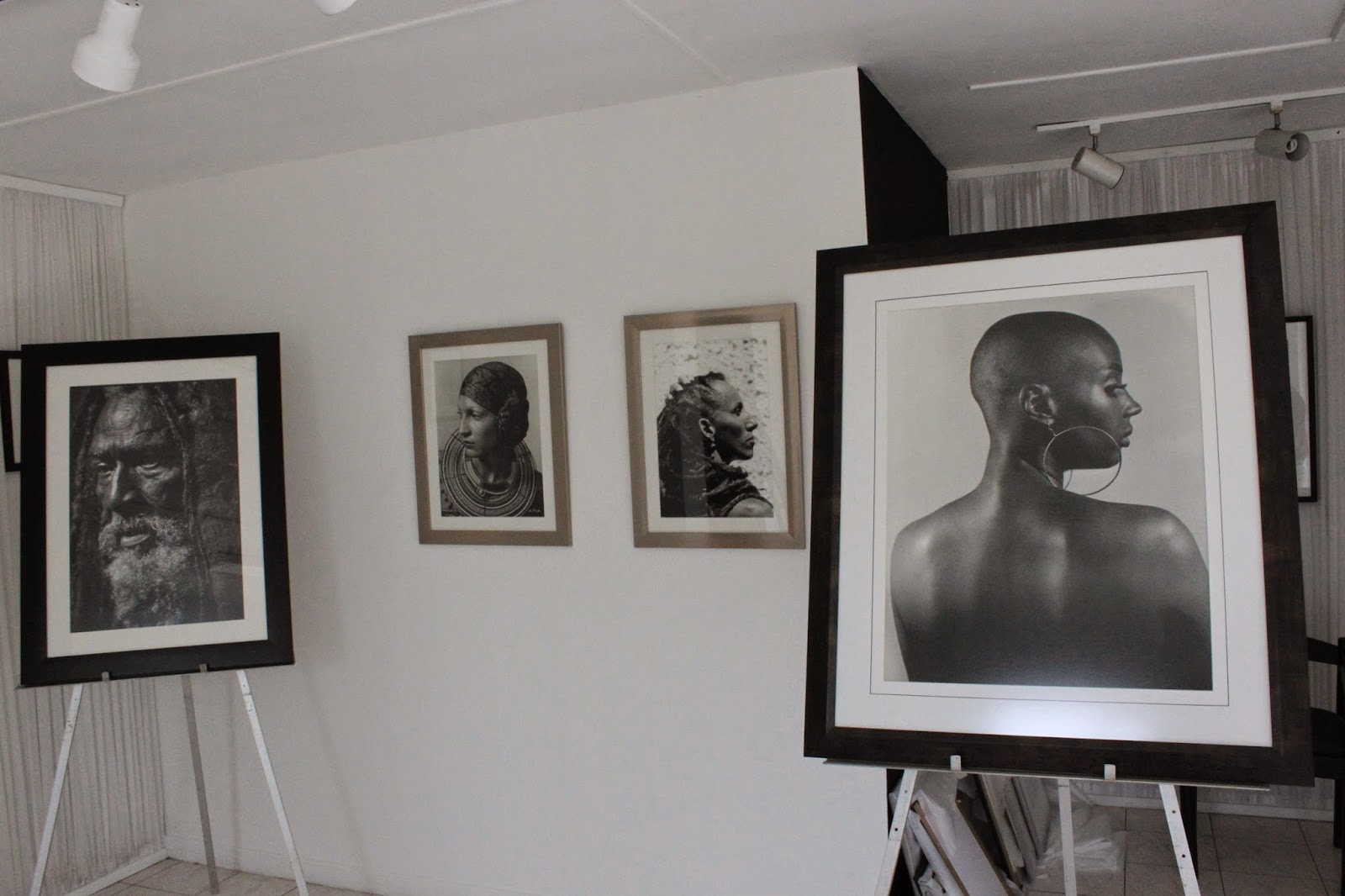National hero’s homecoming
“A people without the knowledge of their past history, origin and culture is like a tree without roots,” said Marcus Mosiah Garvey epitomised as the pioneer of Black Nationalism and Pan-African movement etched his name in the leaves of history.
Garvey’s legacy is etched in 76 King Street, Kingston which is no ordinary address. It is the home to Liberty Hall, the former headquarters of the Kingston Division of the Universal Negro Improvement Association and African Communities League (UNIA-ACL), and a hotbed of activity. Fully owned and operated by blacks, Liberty Hall hosted plays, concerts, dances, elocution pieces as well as adult and children’s choirs.
A new dimension has been added to this vibrant, historical location, which is now home to The Marcus Garvey: The Centennial Travelling Exhibition.
“The exhibition,” said Donna McFarlane, director/curator of Liberty Hall, “was launched for the first time in Jamaica on August 17, 2013 the 126th birthday anniversary of Marcus Garvey.
A steep flight of stairs carries the visitor to the second floor of Liberty Hall, where the space is interspersed with pearl-white panels, which includes artefacts, letters written by Garvey, photographs, his birth certificate and draft card, government documents, and a stock certificate from the steamship line he founded to link the United States.
Arranged in two parts, the exhibition first documents the life of Marcus Garvey, from the formative years until the final period of his life spent in exile.
The second part of the exhibition covers the many expressions of the UNIA’s African Redemption political programme. It illustrates the importance of Harlem as the historic crossroad of the Garvey movement, the Black Star Liner’s significance as a recruiting instrument and as a symbol of black achievement.
“The exhibition was assembled in 1987 to mark the 100th anniversary of Garvey’s birth in St Ann in 1887, by the Schomburg Center in collaboration with the Marcus Garvey and UNIA Papers Project at the University of California, Los Angeles (UCLA).”
McFarlane informed that Professor Robert Hill, editor of the Marcus Garvey Papers, collected more than 30,000 Garvey memorabilia to construct the exhibition.
Black and white images exemplify Garvey’s life in the United States, chronicling his movement in Harlem, images of the Black Star Line, which was seen as a symbol of black achievement.
SIGNIFICANT PHASE
“This exhibition highlights a very significant phase of Marcus Garvey’s life,” McFarlane said.
Marcus Garvey, who was born in St Ann’s Bay, Jamaica, travelled in South and Central America and also visited London between 1910 and 1912.
The exhibition has images of Garvey’s life in the United States. In 1916, he moved to Harlem, New York, from Jamaica where UNIA grew from strength to strength. A remarkable public speaker, Garvey travelled across the US, encouraging African-Americans to be proud of their race and return to Africa, their ancestral homeland.
The monochrome images transport to 1919, when Garvey founded the Black Star Line, and the Negro Factories Corporation to encourage black economic independence.
This chronology sits at the pinnacle of Liberty Hall, complementing Jamaica’s first national hero’s teaching, work and life. “With confidence, you have won before you have started,” Garvey said, resonating that his teachings not are buried and dusty, but dynamic and will continue to inspire for generations to come.









Comments
Post a Comment